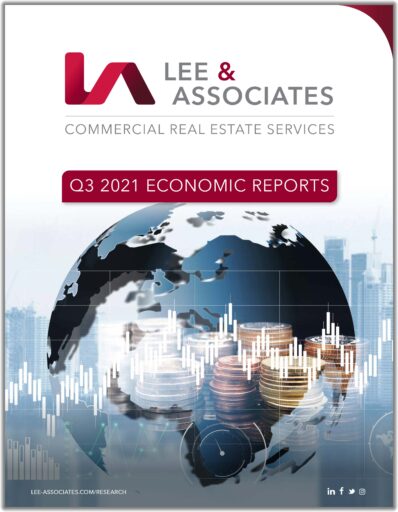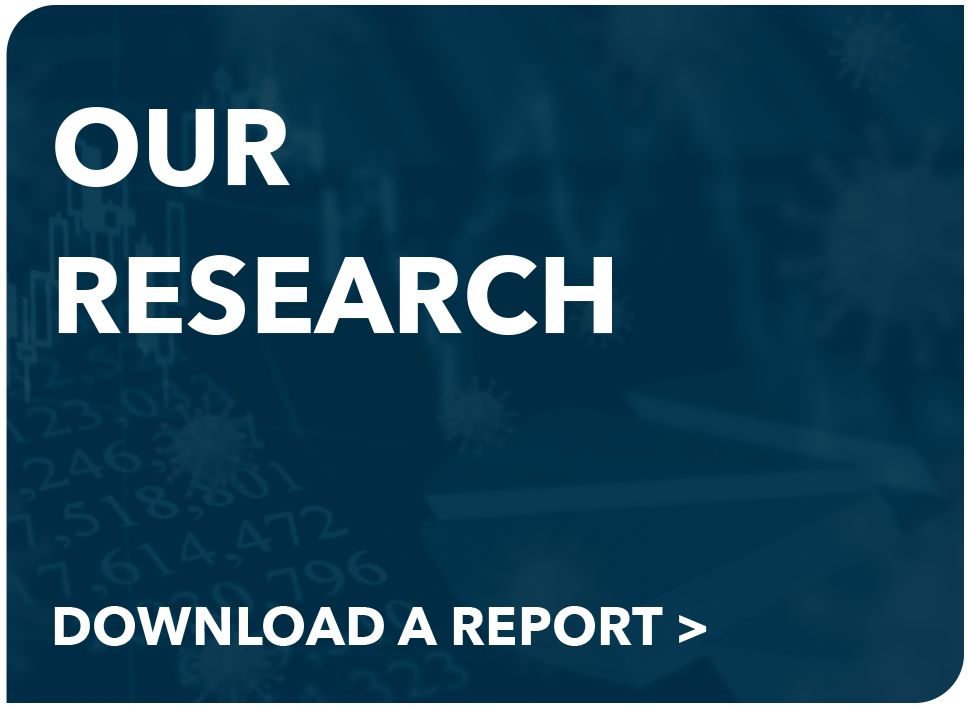GDP GROWTH:
The U.S. economy slowed in the third quarter as growth was tripped up by spiking Covid Delta infections, supply-chain bottlenecks and ebbing fiscal stimulus. Annualized gross domestic product rose 2% in the third quarter, down sharply from 6.7% in the second quarter, according to the Commerce Department.
Economists generally believe the slowdown will be temporary if virus infections continue to fall. This will enable greater socialization and a resumption of spending in restaurants and on travel – sectors that were hit hard in the last three months.
“We had a temporary set of impediments coming from a resurgence of the coronavirus that should ease as we move through the quarters ahead,” Northern Trust economist Carl Tannenbaum told the Wall Street Journal. “It’s a speed bump not a slowdown,” Constance Hunter, KPMG’s chief economist, told the New York Times. But there are concerns that disruptions in global logistics – such as the record levels of imports that are overwhelming U.S. port and trucking capacities – will take longer to sort out. The delays are costly. A fall-off in the production of cars and trucks, caused by computer chip shortages, hobbled booming auto sales and reduced the Q3 GDP about 2.4%. “The economy doesn’t have a demand problem. It has a supply problem,” IHS Markit CEO Ben Herzon told the Washington Post. READ MORE >
EMPLOYMENT:
Nonfarm payroll employment increased by 194,000 in September, a drop from the 561,000 monthly average this year. Nevertheless, the unemployment rate fell by 0.4% percentage point to 4.8%. The biggest job gains were in leisure and hospitality, professional and business services, retail trade, transportation and warehousing.
In September there were 5 million people reporting their employer had closed or lost business due to the pandemic. The Labor Department also reported that the number of marginally attached workers increased by 167,000 and discouraged workers were up by 58,000. Despite nationwide vaccine distribution that is reviving the economy, many workers laid off during the pandemic lately are slow to return to the labor force. This is despite more than 10 million job openings. By some estimates, about 4.3 million persons have checked out of the workforce.
Workers are quitting at or near the highest rates on record. The decline in participation is occurring across demographic groups and particularly among women, workers without college degrees and low-paying jobs like childcare and hospitality. There are concerns among economists over whether the deviation from typical employment patterns will subside or whether Covid has forced structural cracks in relationships between worker and employer as well as between jobs and employment. There had been expectations that school re-openings, expiring unemployment benefits and the fading Delta variant would bring back workers this fall. But it appears that labor shortages may be deepening. Of 52 economists interviewed by The Wall Street Journal, 22 said participation would never return to its pre-pandemic level. READ MORE >
MONETARY POLICY:
Mounting inflationary pressures have moved the Federal Reserve to announce plans to scale down its asset purchase program beginning late this year. The central bank also signaled that it could raise interest rates six or seven times by the end of 2024. Fed policymakers agreed in September to start tapering the $120-billion monthly emergency pandemic support in either mid-November or mid-December, concluding about the middle of 2022.
The Federal Reserve moved aggressively early in the pandemic to ensure liquidity in the financial markets by cutting interest rates to banks to between 0% and 0.25% and buying mortgage-backed securities and U.S. Treasuries.
In recent weeks central bank officials said it is likely the economy will make “substantial further progress,” allowing the Fed to abate its purchases. Officials outlined a path that reduces asset purchases by $5 billion a month and cuts the purchase of Treasury securities by $10 billion monthly.
Minutes of the Federal Open Market Committee meeting shows that its 18 members were split on the timing of interest rate hikes, with half the members making a case for one rate increase next year. READ MORE >
GLOBAL ECONOMY:
Supply-chain disruptions and worsening health issues in emerging countries is making the International Monetary Fund less optimistic about the global economy, although reasonable growth is expected in the medium term.
In its recently published World Economic Outlook, the IMF said the global economy is projected to grow 5.9% in 2021 – 0.1% less than in its July forecast update – and 4.9% in 2022. The downward revision reflects a downgrade for advanced economies because of supply problems, and for low-income countries due to worsening pandemic conditions. This is partially offset by stronger near-term prospects among some commodity-exporting emerging market and developing economies. Employment generally is expected to continue lagging the recovery in output, the IMF said.
“This modest headline revision masks large downgrades for some countries,” said Gita Gopinath, IMF chief economist. The United States is one of the countries in this position. The IMF has cut its growth estimates for the U.S. this year by 1 percentage point. Growth outlooks for Spain and Germany also were cut by 0.5 percentage points each and Canada’s was reduced by 0.6 percentage points. READ MORE >




